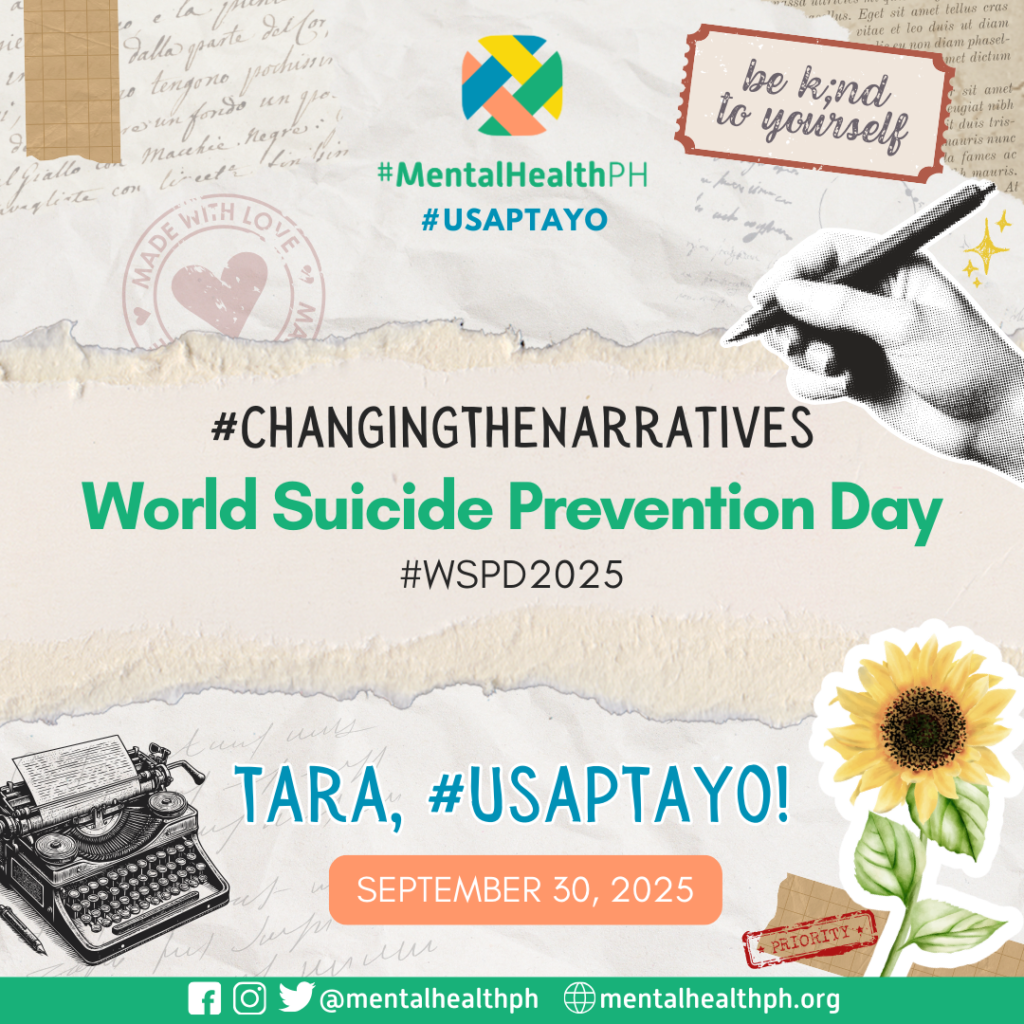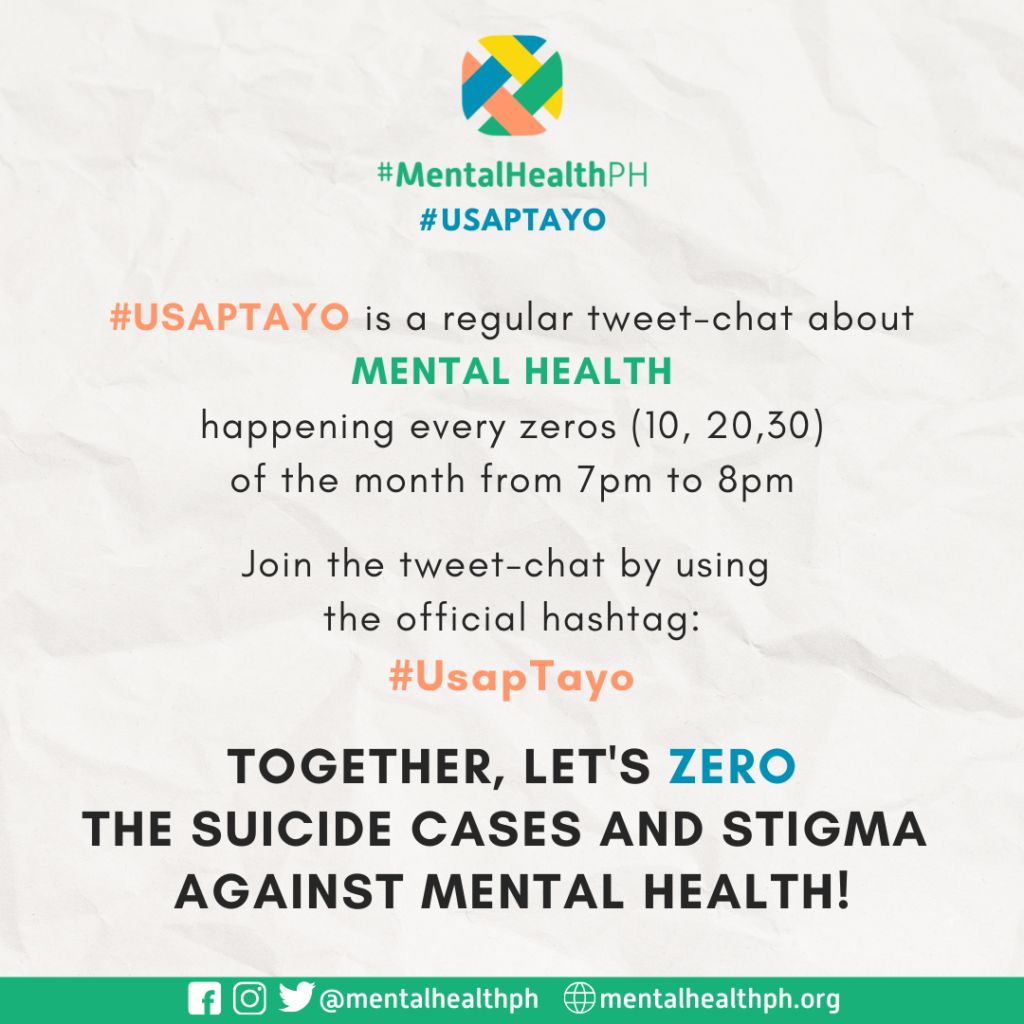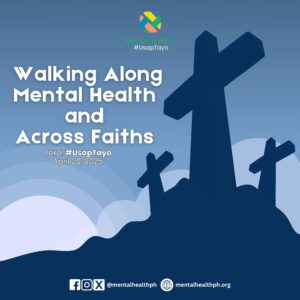
Writer: Jossa Corpuz
Every word we publish, post, or broadcast carries weight. When it comes to suicide, the choice between sensitivity and sensationalism can determine whether a life is saved or lost.
Suicide remains a major global health concern, claiming over 700,000 lives each year worldwide (WHO, 2023). In the Philippines, the suicide rate was recorded at 3.49 per 100,000 people in 2021, showing an upward trend in recent years (World Bank, 2023). Media plays a critical role in shaping how suicide is perceived. When reporting is careless, it can unintentionally fuel imitation. But when handled responsibly, it has the power to raise awareness, reduce stigma, and inspire help-seeking behavior.
Studies show that sensational or graphic reporting of suicide can lead to imitative behaviors, known as the Werther Effect. Exposure to detailed or glorified accounts has been linked to spikes in suicide rates, particularly among vulnerable populations (Phillips, 1974; WHO, 2017).
Conversely, media stories that highlight recovery, resilience, and access to help can reduce suicidal thoughts and encourage people to seek support. This protective influence is known as the Papageno Effect, illustrating that hopeful narratives can counter despair (Niederkrotenthaler et al., 2010).
The World Health Organization recommends avoiding explicit details of methods, sensationalist language, or romanticized storytelling in suicide reports. Instead, media should provide information on mental health resources, use non-stigmatizing language, and frame suicide as a preventable public health issue (WHO & IASP, 2023). Similarly, the American Foundation for Suicide Prevention emphasizes avoiding terms like “committed suicide” (which implies criminality) and using alternatives such as “died by suicide” (AFSP, 2024).
In the Philippines, the Department of Health (DOH) issued guidelines in 2022 requiring media and filmmakers to practice ethical and responsible reporting of suicide. These include: refraining from showing graphic images, consulting mental health professionals, and highlighting available hotlines and resources (DOH A.O. No. 2022-0004).
This move reflects the urgent need for nationwide alignment between public health and media to prevent copycat incidents and reduce stigma.
When the media adopts responsible practices, it can change lives by breaking the silence without causing harm, raising awareness without sensationalizing, and giving people reasons to reach out for help instead of giving up.
Trigger warning: Careless words can wound—but careful words can heal. Let us choose to be storytellers of hope, not harm.


Questions:
- Am I mindful of the words I use online, in conversations, or in creative work, and how they might affect someone struggling silently?
- How can we, as a community, demand and support media that reports on suicide responsibly, focusing on compassion, accuracy, and hope rather than sensationalism?
- Are our existing policies, media guidelines, and mental health laws enough to ensure safe reporting or do we need stronger enforcement and broader education to protect lives?
References:
World Health Organization. (2025, March 25). Suicide. World Health Organization. Retrieved September 5, 2025, from https://www.who.int/news-room/fact-sheets/detail/suicide
World Health Organization. (2023). Quick reference guide: Responsible reporting on suicide. World Health Organization. Retrieved September 5, 2025, from https://cdn.who.int/media/docs/default-source/mental-health/suicide/responsible-reporting-on-suicide.pdf?sfvrsn=d92532d4_1
World Health Organization. (2023, September 12). Preventing suicide: A resource for media professionals (4th ed.) [Published in collaboration with the International Association for Suicide Prevention]. World Health Organization. https://www.who.int/publications/i/item/9789240076846
American Foundation for Suicide Prevention. (n.d.). Safe reporting guidelines for media. Retrieved September 8, 2025, from https://afsp.org/ethicalreporting












